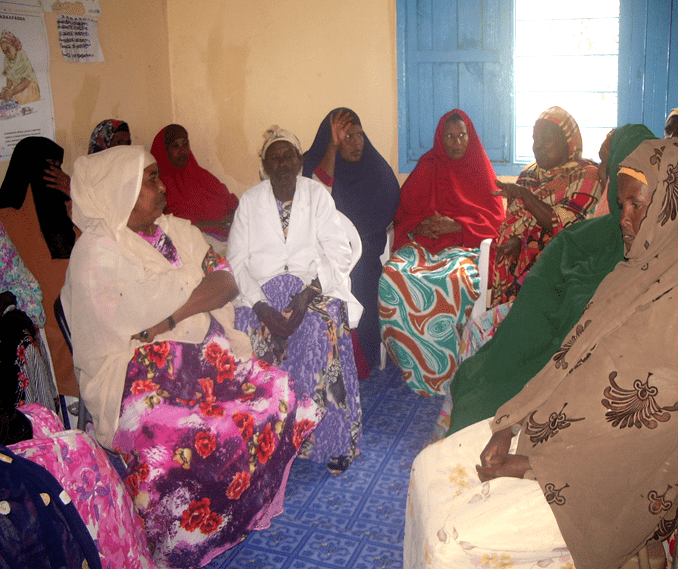A new pool of 25 health personnel has been created in Somalia to contribute to saving the lives of women and newborn babies through the provision of birth spacing methods. Somalia has one of the highest lifetime risk of maternal deaths in the world. One out of every 12 women die due to pregnancy related causes. The maternal mortality ratio stands at 732 deaths per 100,000 live births, according to 2015 estimates by WHO, UNFPA, UNICEF & UN Population Division.
Concerning birth spacing, 26 percent of Somali women have unmet needs yet only less than 3 percent of the women use a modern method of birth spacing, according to Chief Technical Adviser for Reproductive Health Commodity Security (RHCS) Ibnou Diallo. “Poverty, low status of women, widespread traditional beliefs and harmful practices further contribute to the high burden of ill-health among mothers and newborns in Somalia. Due to poor basic education and lack of sexual education in schools, levels of information on risks related to pregnancy and childbirth are low, and are more likely to derive from traditional beliefs than from informed health staff. Awareness of beneficial effects of preventive health services such as birth spacing is poor and many misconceptions prevail,” said Diallo.
He said it was therefore paramount that a training to equip a team of health professionals with the right knowledge, attitude and practice on long acting birth spacing methods such as Implanon NXT and Jadelle insertion be conducted to ensure that there is personnel in place to provide women with the required services.
BCC and Family planning analyst for UNFPA in Somaliland, Layla Mohammed Hashi, indicated that the pool of qualified reproductive health staff has been limited and under-trained, with a significant shortage of qualified midwives and doctors who are sufficiently trained and experienced to offer birth spacing services and especially those that are long acting but reversible.
“The newly trained health personnel are now cascading the training to other service providers in their respective zones. It is expected that family planning uptake will improve considerably,” said Hashi.
Hashi said the use of modern birth spacing methods could prevent up to one-third of all maternal deaths by allowing women to delay motherhood, space births and avoid unintended pregnancies.
“Birth spacing also contributes to social development by alleviating poverty, improve the environment and increase access to education,” said Hashi.
UNFPA works to support birth spacing by: ensuring a steady, reliable supply of quality birth spacing commodities; strengthening national health systems; advocating for policies supportive of birth spacing; and gathering data to support this work. UNFPA also provides global leadership in increasing access to birth spacing, by convening partners – including governments – to develop evidence and policies, and by offering programmatic, technical and financial assistance to developing countries.
Access to safe, voluntary birth spacing is a human right. It is central to gender equality and women’s empowerment, and it is a key factor in reducing poverty. Yet some 225 million women globally who want to avoid pregnancy are not using safe and effective birth spacing methods, for reasons ranging from lack of access to information or services to lack of support from their partners or communities. Most of these women with an unmet need live in 69 of the poorest countries on earth.
----------------------------------------------------------
For more information please contact UNFPA Somalia Communications Specialist Pilirani Semu-Banda on e-mail: semu-banda@unfpa.org


